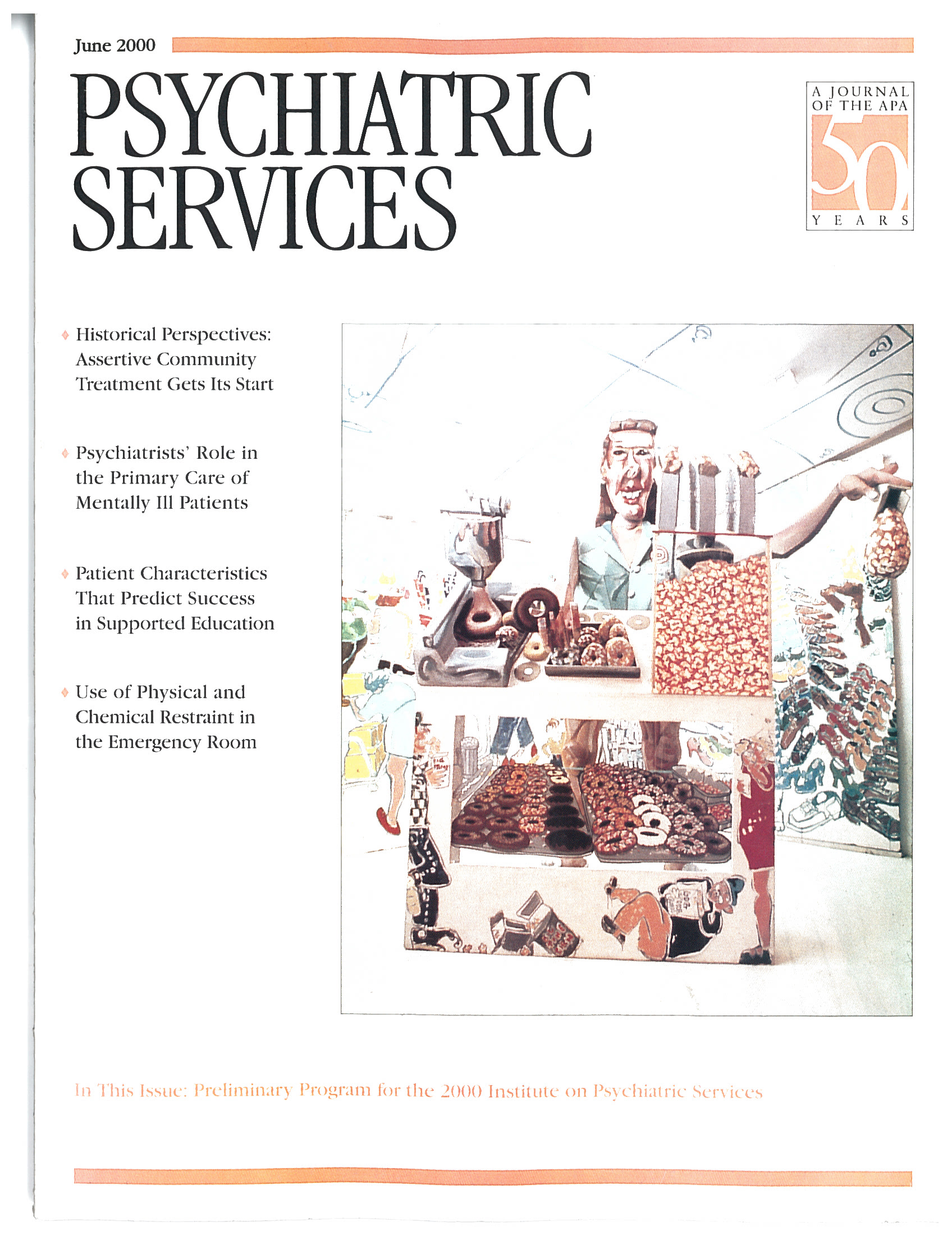Interpersonal Psychotherapy
Interpersonal Psychotherapy is one of the more recent additions to the American Psychiatric Association's Review of Psychiatry series, and as such it provides a concise and readable summary of current research in the field. In keeping with the Review of Psychiatry format, the book's introductory chapter is an overview of the modality. Following are four chapters that review the use of interpersonal therapy for the treatment of several subtypes of depression and of bulimia. The first chapter also very briefly reviews research in progress on the use of the modality for other patients and disorders, such as geriatric patients, depressed pregnant and postpartum patients, dysthymic patients, patients with social phobia, and patients with borderline personality disorder.
The four topical chapters reflect the state of the art and are written by leading authors in the field. Cynthia Spanier and Ellen Frank describe interpersonal therapy as a maintenance treatment for recurrent depression. Interpersonal therapy is the only psychotherapy that has been empirically validated for this purpose. The chapter on interpersonal therapy for bulimia is written by Christopher Fairburn, who has conducted several treatment trials comparing interpersonal therapy and cognitive-behavioral therapy for this disorder.
Holly Swartz and editor John Markowitz describe the use of interpersonal therapy for the treatment of depression in HIV-positive patients; Markowitz is recognized as a leading authority in interpersonal therapy. The chapter by Laura Mufson and Donna Moreau details the use of interpersonal therapy for depressed adolescents. The description of the modifications of the therapy for adolescents is well written, but little empirical support for this work is provided.
Although the impressive accumulation of data supporting the use of interpersonal therapy for a growing variety of disorders has led to its wider acceptance, it remains a therapy conducted primarily in research settings rather than in the community—largely because many clinicians continue to perceive it as dynamic psychotherapy in a time-limited format. As such, it is considered similar to many of the other manual-guided short-term dynamic therapies, such as those described by Strupp and Binder (1), Luborsky (2), and Mann (3).
Three aspects of interpersonal therapy define it as a distinctive treatment rather than one that simply co-opts psychodynamic techniques: its consistent focus on interpersonal relationships and the communication that occurs in those relationships; its time limit, usually 12 to 16 weeks; and its nontransferential approach. But unfortunately these elements have not been clearly articulated or well disseminated.
Readers who are already familiar with interpersonal therapy will find the book quite helpful for adapting this modality to subtypes of depression and to bulimia. Psychotherapy researchers will appreciate the inclusion of data about the various treatment applications. The descriptions of these therapy modifications closely mirror the manuals that were used in the treatment trials for each of the disorders. However, therapists who are not yet familiar with interpersonal therapy would do best to start with the original interpersonal therapy manual by Klerman and associates (4) and the more recent book by Weissman and associates (5) before reading this text.
Dr. Stuart is associate professor of psychiatry at the University of Iowa in Iowa City.
1. Strupp HH, Binder JL: Psychotherapy in a New Key. New York, Basic Books, 1984Google Scholar
2. Luborsky L: Principles of Psychoanalytic Psychotherapy. New York, Basic Books, 1984Google Scholar
3. Mann J: Time-Limited Psychotherapy. Cambridge, Mass, Harvard University Press, 1973Google Scholar
4. Klerman GL, Weissman MM, Rounsaville BJ, et al: Interpersonal Psychotherapy of Depression. New York, Basic Books, 1984Google Scholar
5. Weissman MM, Markowitz JC, Klerman GL: Comprehensive Guide to Interpersonal Psychotherapy. New York, Basic Books, 2000Google Scholar



